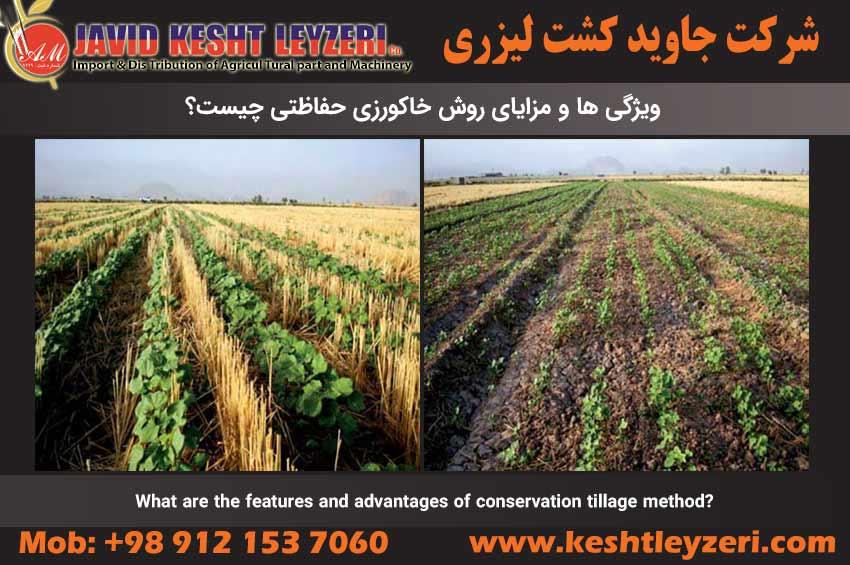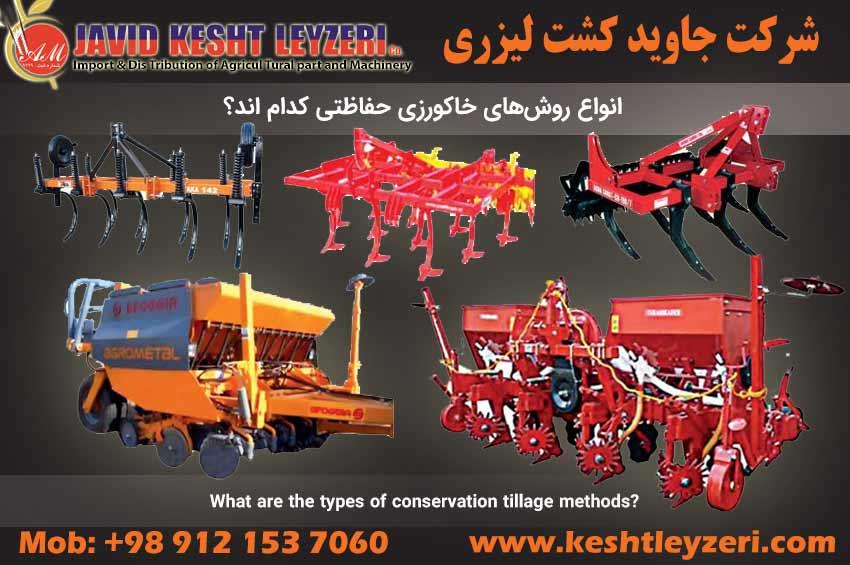- 07 Dec 2023
- 1496
What are the features and advantages of conservation tillage method?
Conservation tillage practices offer many benefits to farmers by avoiding tillage operations, preserving crop residues, and using residual ridges as seedbeds. These methods reduce surface evaporation and soil surface heat on hot days, and also help to improve soil permeability and water retention capacity by maintaining more soil moisture and increasing its organic matter. Reducing the use of chemical fertilizers and herbicides, as well as reducing soil permeability and water consumption, are other advantages of these methods. Higher working speed and reduction of seed consumption increase the efficiency and productivity of the farm. Financial and energy productivity are also among the economic benefits of these methods. With implementation possibilities in special conditions such as high soil moisture or excessive dryness, these methods provide a sustainable and efficient agricultural model.
- 06 Dec 2023
- 1698
What are the types of conservation tillage methods?
Keeping plant residues on the surface is a distinctive feature of conservation tillage methods, which distinguishes this method from conventional methods. All conservation tillage systems maintain at least 30% of the field surface with plant residue cover.


